
WIKIPEDIA When the Internet is a matter of life and death
WIKIPEDIA When the Internet is a matter of life and death.
The Power of Knowledge kills the Knowledge of Power.
A sentence, a play on words, the key to a dream.
Aaron Swarzt’s dream, the dream of those who believe in freedom.
Pietro Ratto in his book Wikipedia When the Internet is a matter of life and death meticulously reconstructs the birth, history and evolution of the online encyclopaedia we all know.
Wikipedia content is added by voluntary users who contribute information that is shared as creative commons.
The idea was born from a dream, and is fuelled by a strong need for freedom.
Wikipedia’s aim is to spread knowledge and make it available to everyone, free of charge and universally.
The Power of Knowledge.
Can the Power of Knowledge really kill the Knowledge of Power?
Power is influence, power is domination.
How far can a dream be magnified?
Pietro Ratto’s valuable investigation reports on all the stages and, above all, all the stories of those who have been dreamers, those who have been creators and those who have been powerful …
The bibliography, or rather the sitography is extensive and very detailed.
In addition, every single link published in the book is available for consultation from the site of Pietro Ratto BoscoCeduo.
I am particularly grateful for the opportunity to hear Aaron Swartz’s story, which should be shared out of a sense of justice but also of freedom.
Here is a video from 2007 in which Aaron talks about network communication.
Are you in the habit of consulting Wikipedia?
Have you ever contributed to the writing and publishing of information?



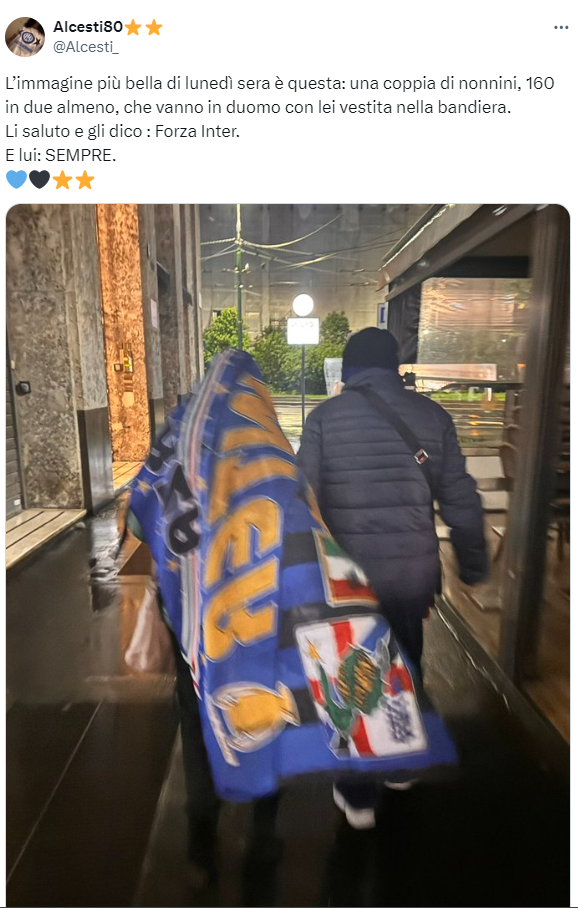
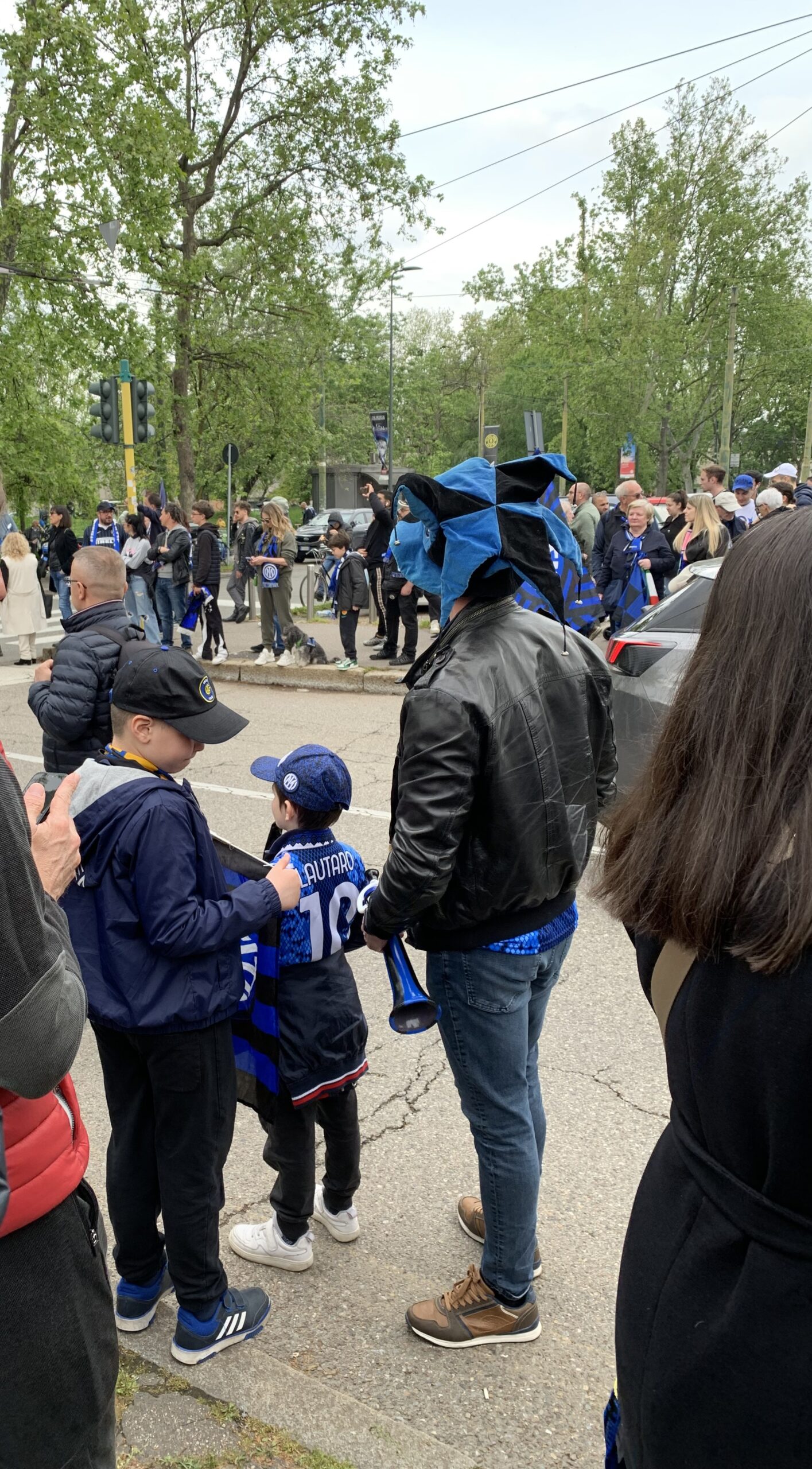
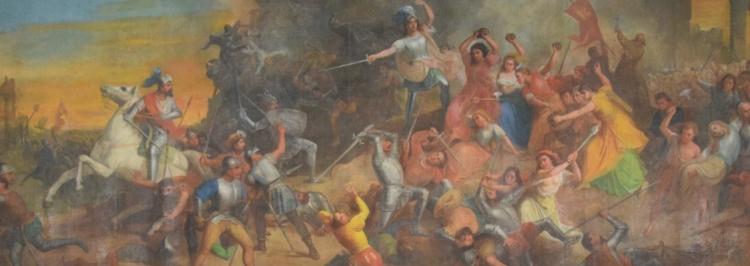



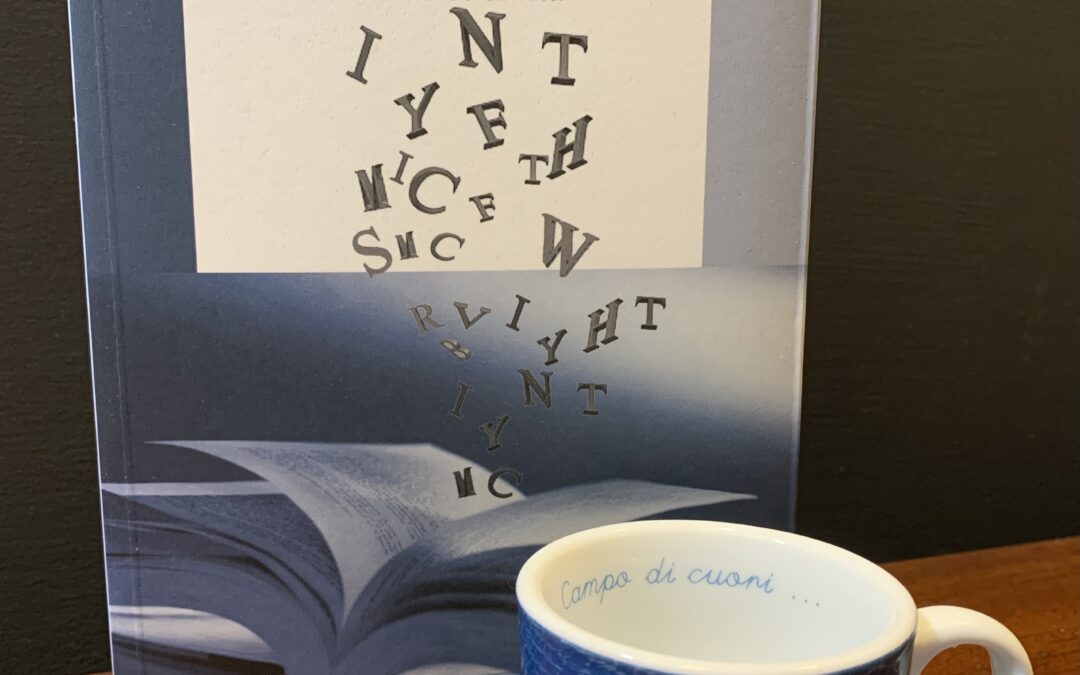

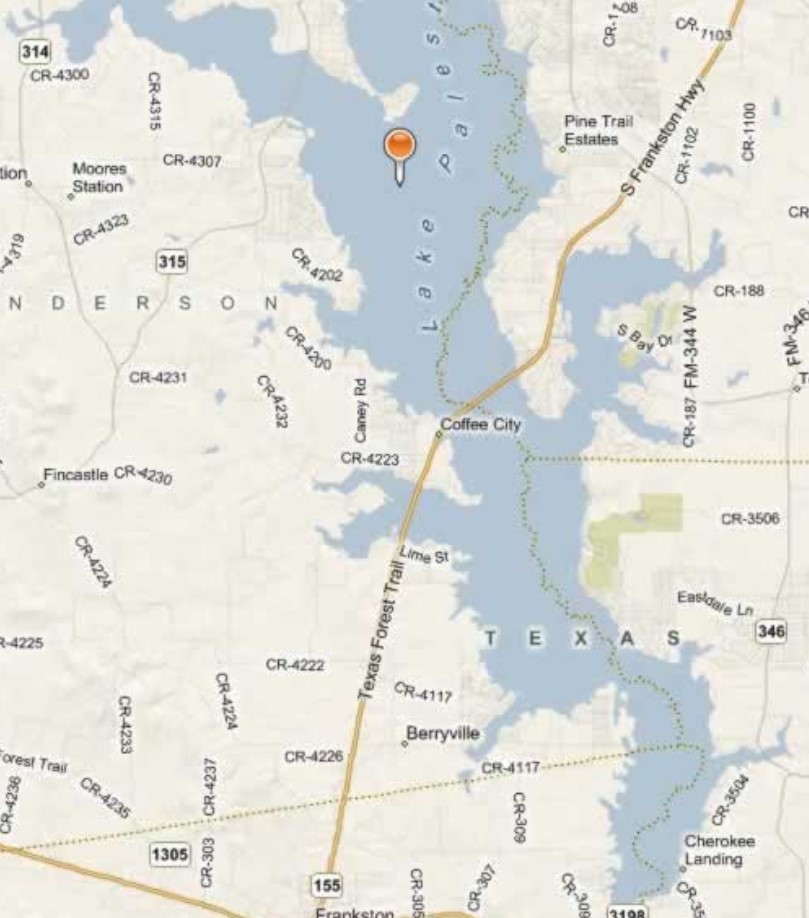


 Hi I'm Claudia and this is KCDC.
Hi I'm Claudia and this is KCDC.
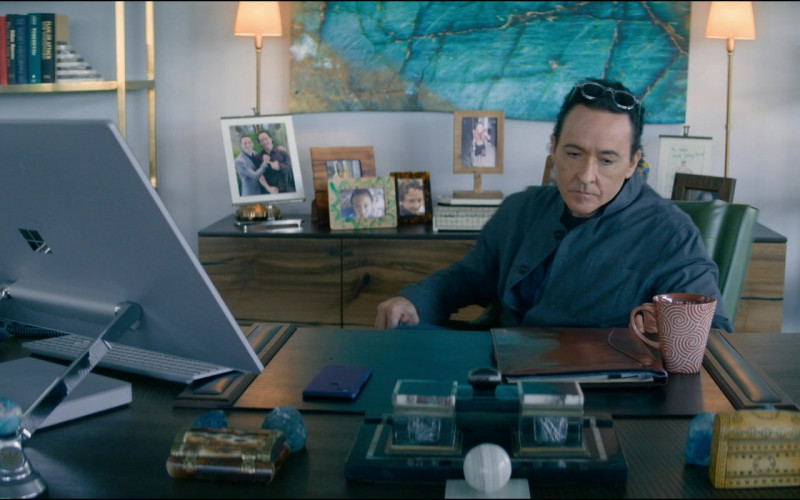



OPINIONI